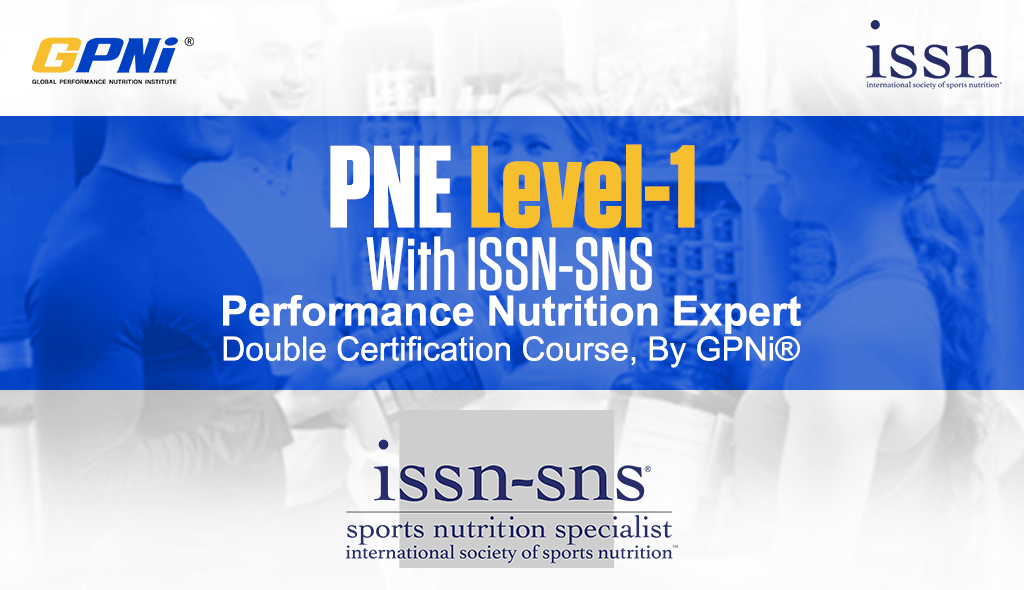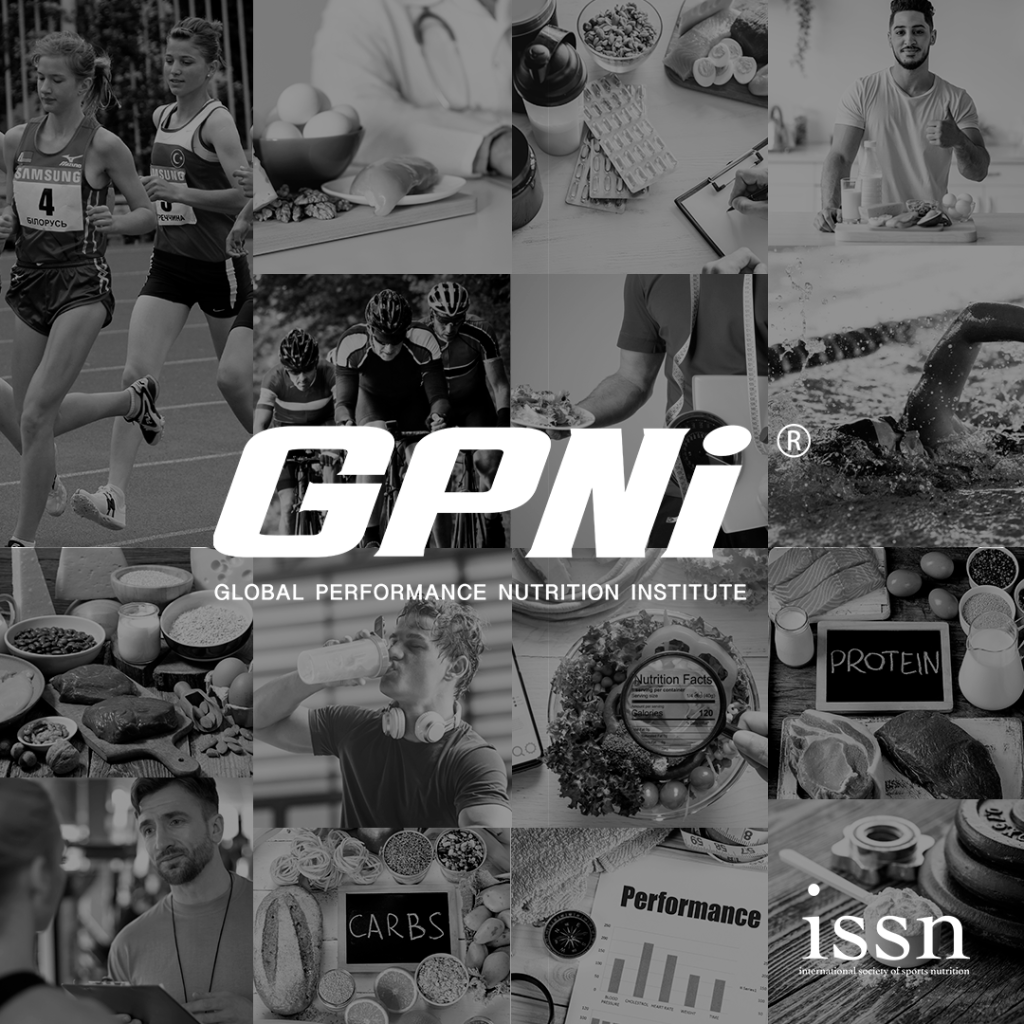Choosing a quality dietary supplement can be a challenging task, given the vast number of products available and the varying levels of regulation and oversight.
However, certain key factors can help consumers make more informed choices, ensuring you select supplements that are safe, effective, and of high quality. By understanding how to read supplement labels and assess the credibility of manufacturers, you can make informed decisions.
Look for Third-Party Certifications
One of the most reliable ways to verify the quality of a supplement is to look for third-party certifications. These marks indicate that the product has been independently tested for its purity, potency, and accuracy of labeling.
USP Verified: Products carrying the U.S. Pharmacopeia (USP) mark meet rigorous testing standards for purity, potency, and quality. The USP sets benchmarks for supplements, ensuring that what’s on the label matches what’s in the bottle.
NSF Certified for Sport: This certification ensures that the product is free from banned substances and contaminants, which is especially important for athletes.
Good Manufacturing Practices (GMP): A GMP seal confirms that the supplement was manufactured following stringent quality control standards. GMP facilities are regularly inspected for their processes and adherence to hygiene and safety protocols.
ConsumerLab: Tests a range of products for label accuracy and contaminant levels.
Understand the Supplement Facts Label
The Supplement Facts panel provides essential information about a supplement, similar to the nutrition facts label found on food products.
The Supplement Facts label provides crucial information on serving size, the amount of each active ingredient, and the percentage of the daily value (%DV). This helps consumers assess whether the product meets their nutritional needs. It’s important to be cautious of unnecessary fillers or additives that may not be beneficial.
Serving Size: The amount of the product that constitutes a single dose. All the listed information, such as nutrients and percentages, is based on this serving size. Make sure the dose aligns with your needs. If you take more or less than the recommended dose, adjust the nutrient values accordingly.
Nutrient List: This includes the key active ingredients, which might be vitamins, minerals, amino acids, or botanicals. Each is listed with its amount per serving and, where applicable, its percentage of the daily value (%DV). This helps you understand how much of a nutrient the supplement provides in the context of a recommended daily intake.
Active Ingredients: Check the amounts of each listed ingredient and compare them to the recommended daily intake for your specific dietary needs.
Other Ingredients: Beyond the primary active ingredients, supplements often contain other components such as binders, fillers, flavorings, or preservatives. These inactive ingredients are listed separately from the active ingredients, usually in the “Other Ingredients” section. While these don’t contribute to the supplement’s nutritional value, they are crucial to understanding the quality of the product and whether it may contain allergens or unwanted additives.

Evaluate the Manufacturer’s Reputation
A supplement’s quality is often tied to the reputation of the manufacturer. Choosing supplements from reputable manufacturers with a track record of safety and transparency can help reduce the risk of consuming low-quality products.
Look for companies that adhere to Good Manufacturing Practices (GMP), which ensure that the supplements are produced in controlled environments that meet specific quality standards. Reputable manufacturers often provide detailed information about the sourcing of their ingredients, their manufacturing processes, and their quality control measures. Researching reviews, complaints, and transparency about ingredient sourcing can also provide insight.
Be Wary of Proprietary Blends
Some supplements use “proprietary blends,” where the manufacturer does not disclose the exact amount of each ingredient. This can be problematic, as it leaves consumers unaware of how much of each ingredient they are actually consuming. If a product uses a proprietary blend, it may be best to avoid it unless the manufacturer provides additional information regarding the specific composition of the blend.
Look for Expiration Dates and Storage Instructions
Just like food, supplements have a shelf life, and their potency can decrease over time. Always check for an expiration date to ensure that the supplement will still be effective when you consume it.
Storage instructions are also important. Supplements often require storage in a cool, dry place, away from sunlight to maintain their effectiveness.
Avoid Overhyped Claims
Supplement labels often include several types of claims that provide insights into their potential benefits:
Health Claims: Statements that link a nutrient or ingredient to a health condition or function (e.g., “Calcium helps maintain bone health”). These are closely regulated by the FDA. The disclaimer that follows such claims clarifies that the supplement is not intended to treat or cure disease.
Structure/Function Claims: These describe the role of a nutrient in the body, such as “supports immune function.” These claims are less regulated and typically based on scientific evidence but don’t need FDA approval before appearing on the label.
Qualified Health Claims: These are more specific claims about reducing disease risk and must be backed by scientific evidence. However, the evidence may not be conclusive, which will be indicated on the label.
The FDA does not require supplements to be approved before they are sold, and the claims made on the labels do not always need to be supported by rigorous scientific evidence. Supplements that promise rapid weight loss, enhanced sexual performance, or significant disease prevention are often exaggerated and may even be harmful.
Overpromising Claims: Be wary of phrases like “miracle cure” or “rapid weight loss,” which are often too good to be true. These claims may indicate the product is making unverified or exaggerated statements.
Unverified Benefits: Supplements that lack third-party certifications or scientific backing might not be as effective or safe as their labels suggest. Always opt for products that are transparent and certified by trusted organizations.

Check for Potential Allergens
For those with dietary restrictions or food allergies, it’s critical to review the Allergen Information. Common allergens such as gluten, soy, dairy, and nuts are often found in supplements as binders or fillers. Always check if the supplement is free from allergens or contaminants that may cause adverse reactions.
Additionally, labels may indicate if a product is vegetarian, vegan, or kosher. These labels are helpful for people with dietary preferences or religious dietary laws.
Consult a Healthcare Professional
Before starting any supplement, especially if you’re on prescription medications, it’s wise to consult a healthcare provider. Some supplements can interact with medications or may not be suitable for individuals with certain health conditions.
Choosing a quality supplement involves several key steps: checking for third-party certifications, understanding the label, assessing the manufacturer’s reputation, and consulting with a healthcare professional. Avoid overhyped claims and proprietary blends that hide ingredient amounts.
By following these guidelines, consumers can make informed decisions and reduce the risk of purchasing ineffective or potentially harmful products.
References
- S. Pharmacopeia Blog. (n.d.). How to Read a Supplement Label. Retrieved from https://qualitymatters.usp.org
- NOW Foods. (n.d.). How to Read Supplement Labels. Retrieved from https://www.nowfoods.com
- Council for Responsible Nutrition. (n.d.). How to Read a Supplement Label. Retrieved from https://www.crnusa.org
- Crawford, C., et al. “Analysis of Select Dietary Supplement Products Marketed to Support or Boost the Immune System.” JAMA Network Open, 2022.
- “How to Choose a Quality Supplement.” Quality Supplements, United States Pharmacopeia, 2021.
- “What Should Clinicians Know About Dietary Supplement Quality?” Journal of Ethics, American Medical Association, 2021.







